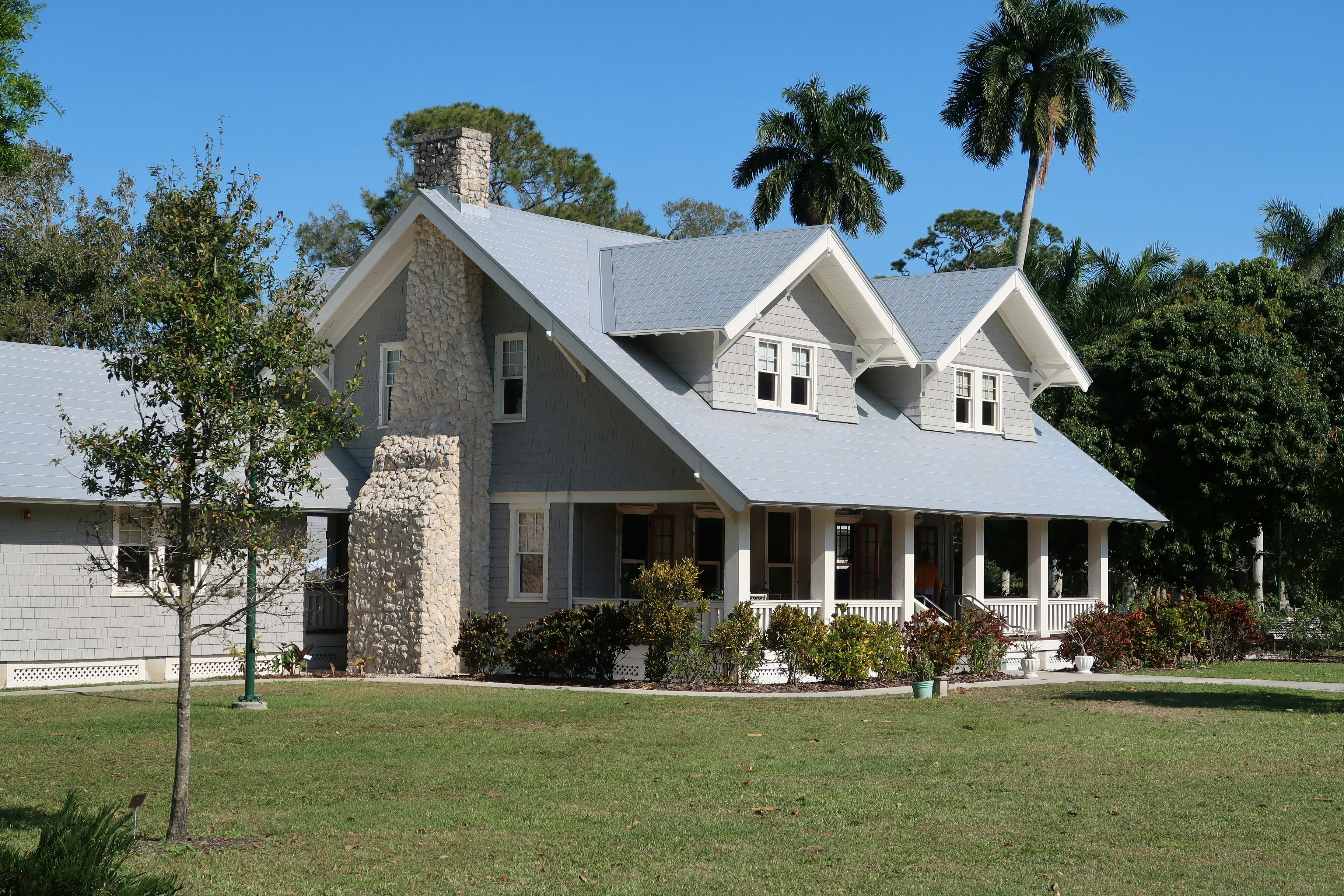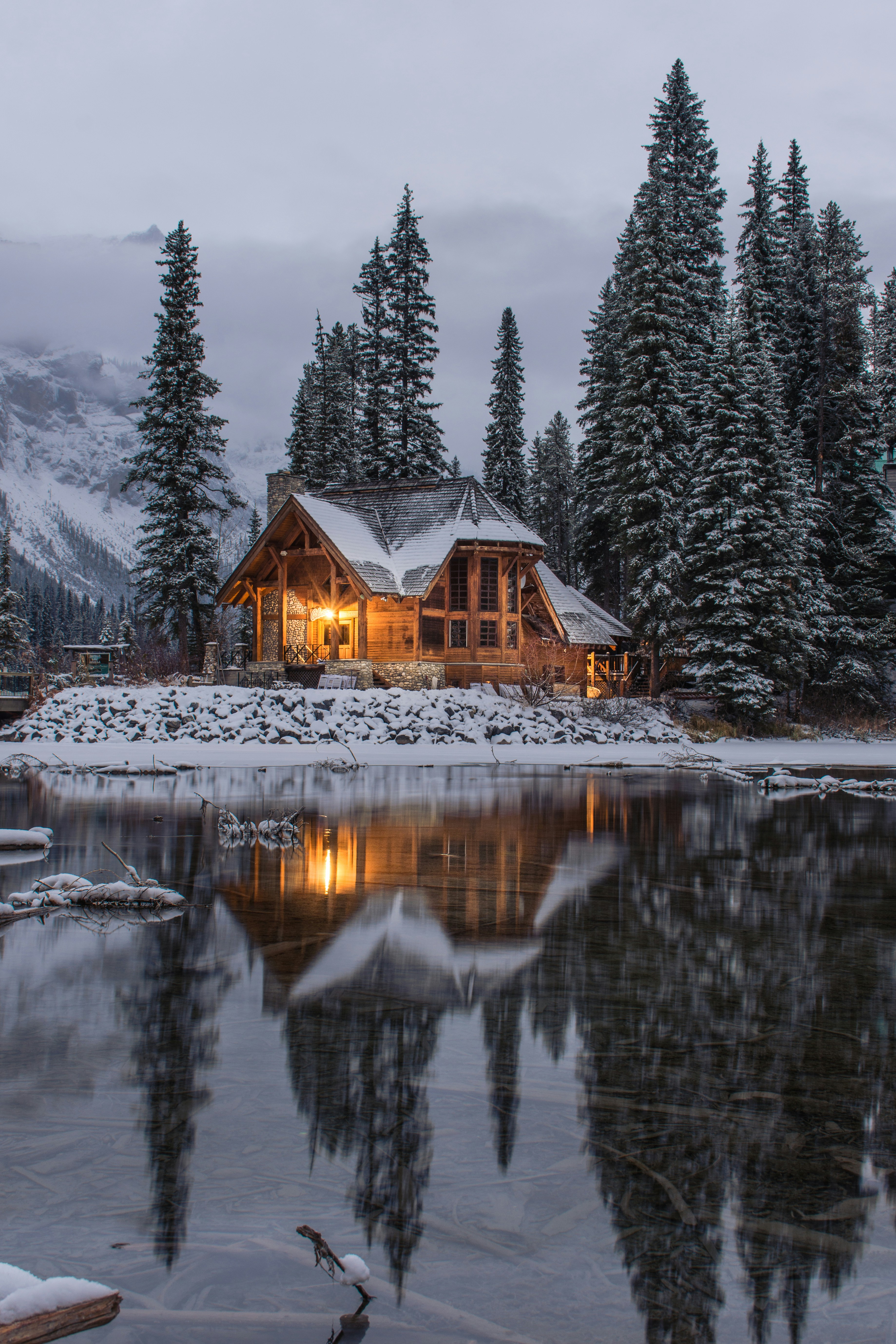
The True Cost of Little House Living: A Real Journey into Alternative Housing
When I first stumbled upon a 280-square-foot cedar cottage at a tiny home show in Portland, I never imagined I'd be writing about my own experience in alternative housing three years later. Like many of you exploring littlehousesforsale.com, I was initially drawn to the charming aesthetics of these compact dwellings. However, the journey into small space living involves much more than just admiring cute Pinterest-worthy interiors.
The Initial Investment: Breaking Down Real Costs
My tiny house journey began with endless spreadsheets and late-night research sessions. While scrolling through alternative housing forums and sustainable living communities, I discovered that costs can vary dramatically based on your choices. Let me break down my experience and what I've learned from our tight-knit community of small-space dwellers.
Base Building Costs: The Foundation of Your Dream
- Shell construction ($30,000-45,000): I opted for a custom-built shell from a reputable builder specializing in alternative dwellings. The SIP panels and metal roof cost me $38,000, but the superior insulation has paid for itself in energy savings.
- Interior finishing ($15,000-25,000): My multi-functional furniture and space-saving solutions, including a murphy bed and convertible dining area, came to $19,500. Pro tip: invest in quality components for spaces you use daily.
- Custom features ($5,000-15,000): The solar package and composting toilet I chose ($12,000) reflected my commitment to off-grid living capabilities, though many of my tiny house neighbors opt for traditional hookups.
- Delivery and setup ($2,000-5,000): Having my house delivered from Oregon to Colorado was an adventure in itself, costing $3,800 with permits and escort vehicles.
Hidden Costs Nobody Talks About
Living in a small space community in Colorado has taught me about expenses that rarely make it into the glamorous tiny house TV shows. Your journey might include:
- Land purchase or rental: I lease a plot in a progressive tiny house community for $400 monthly, but I've met folks paying anywhere from $200 to $1,200 depending on location.
- Site preparation ($5,000-10,000): My sloped lot required $7,200 in grading and foundation work - something I wish I'd budgeted for better initially.
- Utility connections ($3,000-7,000): Even with solar, I needed basic hookups costing $4,500. Some of my neighbors in more remote locations spent upwards of $10,000 for well and septic systems.
- Permits and inspections ($1,000-3,000): Navigate this carefully - my RVIA-certified house made the process smoother, but local regulations vary widely.
Real Monthly Living Costs
After two years of tiny living, I've tracked every expense meticulously. Here's what alternative housing really costs month-to-month:
- Utilities ($100-200): My efficient design and solar setup keep costs around $85 monthly, even in Colorado winters.
- Insurance ($50-100): I pay $75 monthly for a specialized tiny house policy that covers mobile and stationary use.
- Property taxes: These vary significantly - I pay minimal taxes since my house is considered personal property rather than real estate.
- Maintenance ($50-150): Setting aside $100 monthly has covered everything from wood sealing to appliance repairs.
Long-term Financial Impact
The reality of small space living has surprised me financially. While my tiny house may depreciate like an RV, the money I've saved on traditional housing costs has allowed me to invest in land for future sustainable community development. Many of my neighbors in the alternative housing community have found creative ways to generate income, from vacation rentals to teaching workshops on sustainable living.
The Hidden Benefits
Beyond the obvious financial savings, I've discovered unexpected benefits:
- My energy bills dropped by 78% compared to my old apartment
- The inability to accumulate "stuff" has saved me thousands on impulse purchases
- The small space encourages outdoor living and community connection
- My carbon footprint has decreased dramatically
- The freedom to relocate has opened up new career opportunities
Making Your Decision
Whether you're browsing littlehousesforsale.com for your first tiny home or considering joining an alternative housing community, remember that the true cost of living small goes beyond dollars and cents. It's about choosing freedom over square footage, experiences over possessions, and often, community over isolation.
While the initial investment might seem steep - my total came to roughly $92,000 - the lifestyle change has been priceless. The tiny house movement isn't just about living in a smaller space; it's about reimagining what home means in an age of climate consciousness and community connection.
If you're considering making the leap into alternative housing, I'd encourage you to connect with local tiny house communities, visit small space living events, and carefully consider how this lifestyle aligns with your values and goals. Remember, the perfect tiny house is the one that fits your life, not just your budget.
Have questions about tiny living costs or want to share your own experience? Join our growing community of alternative housing enthusiasts in the comments below.


